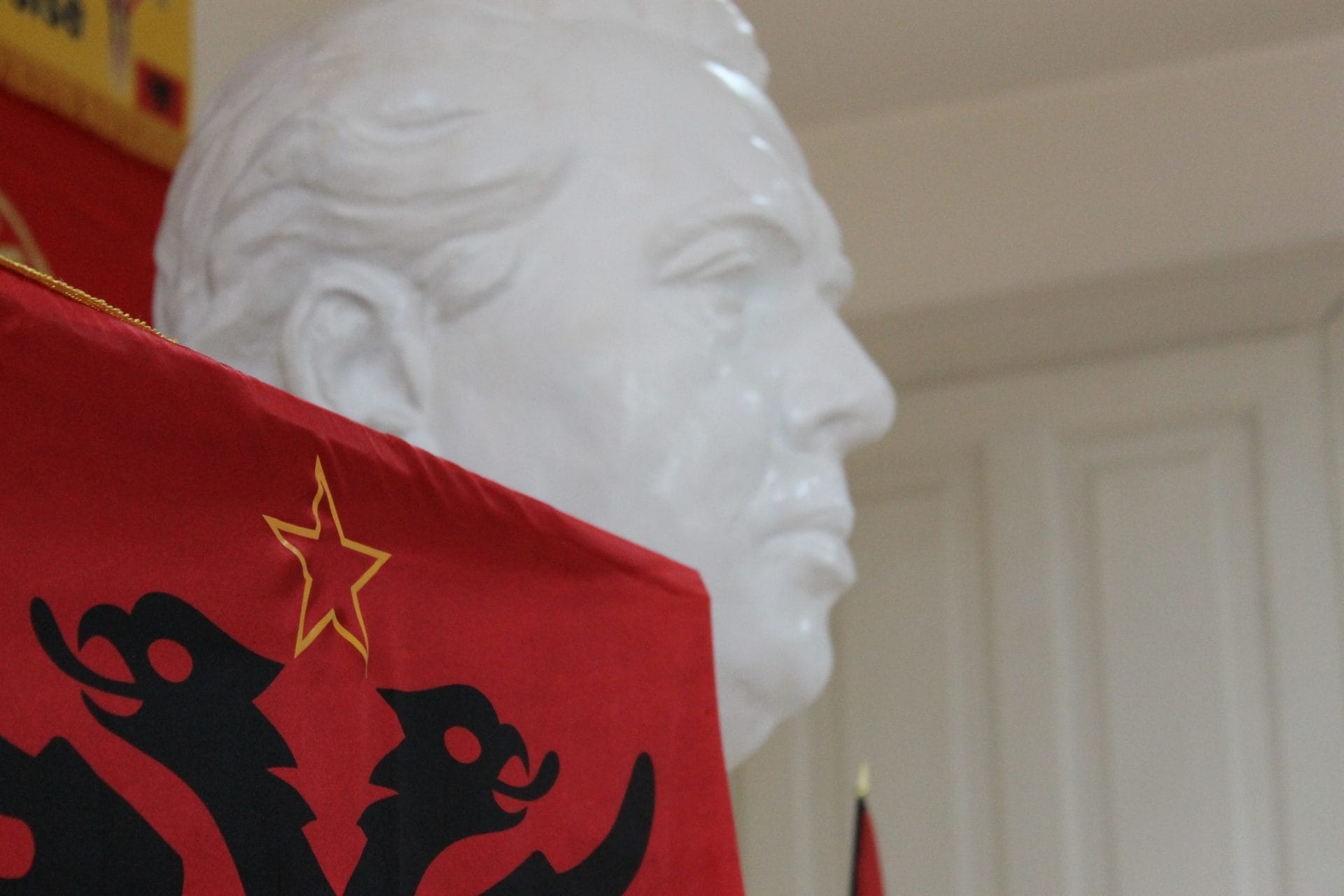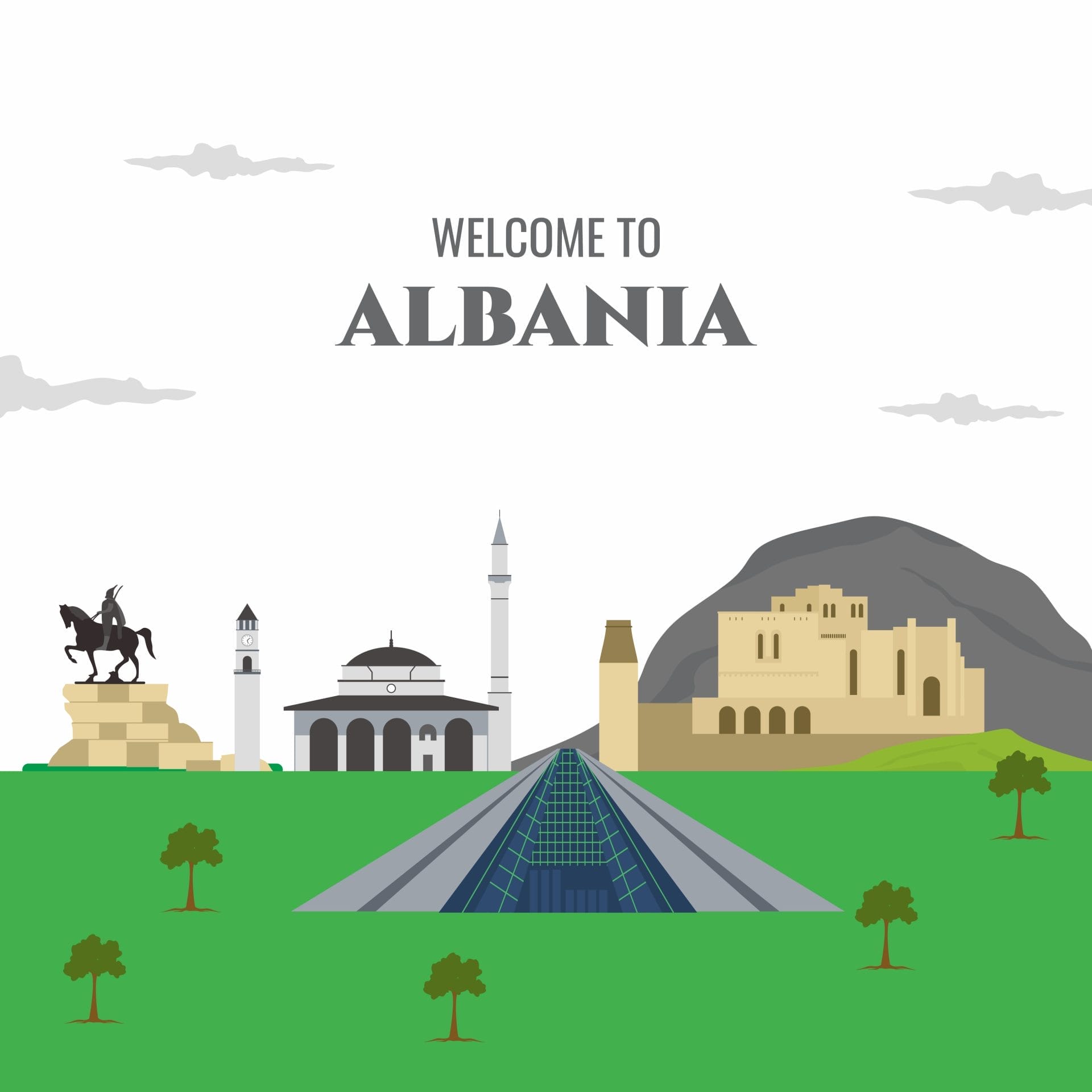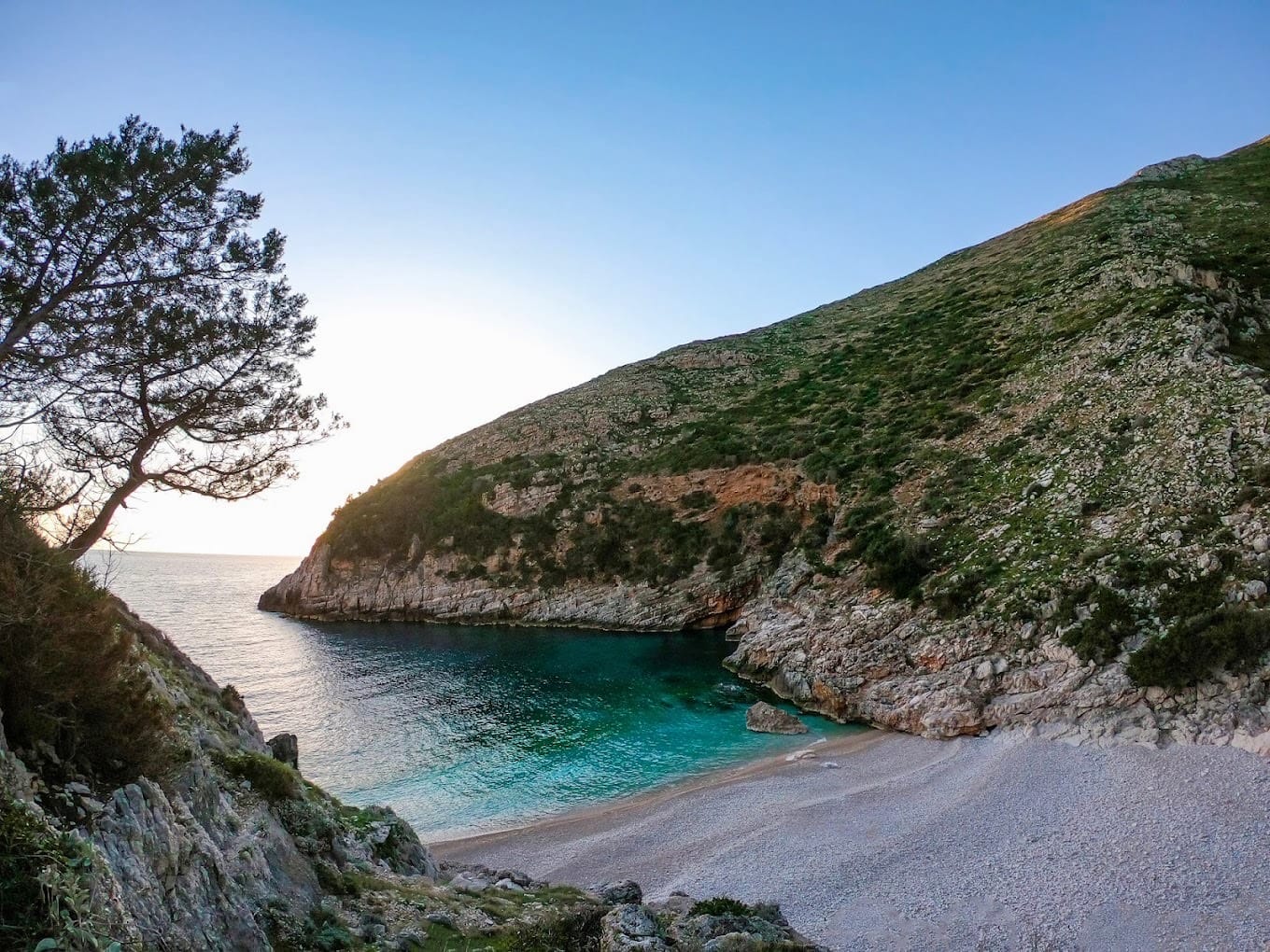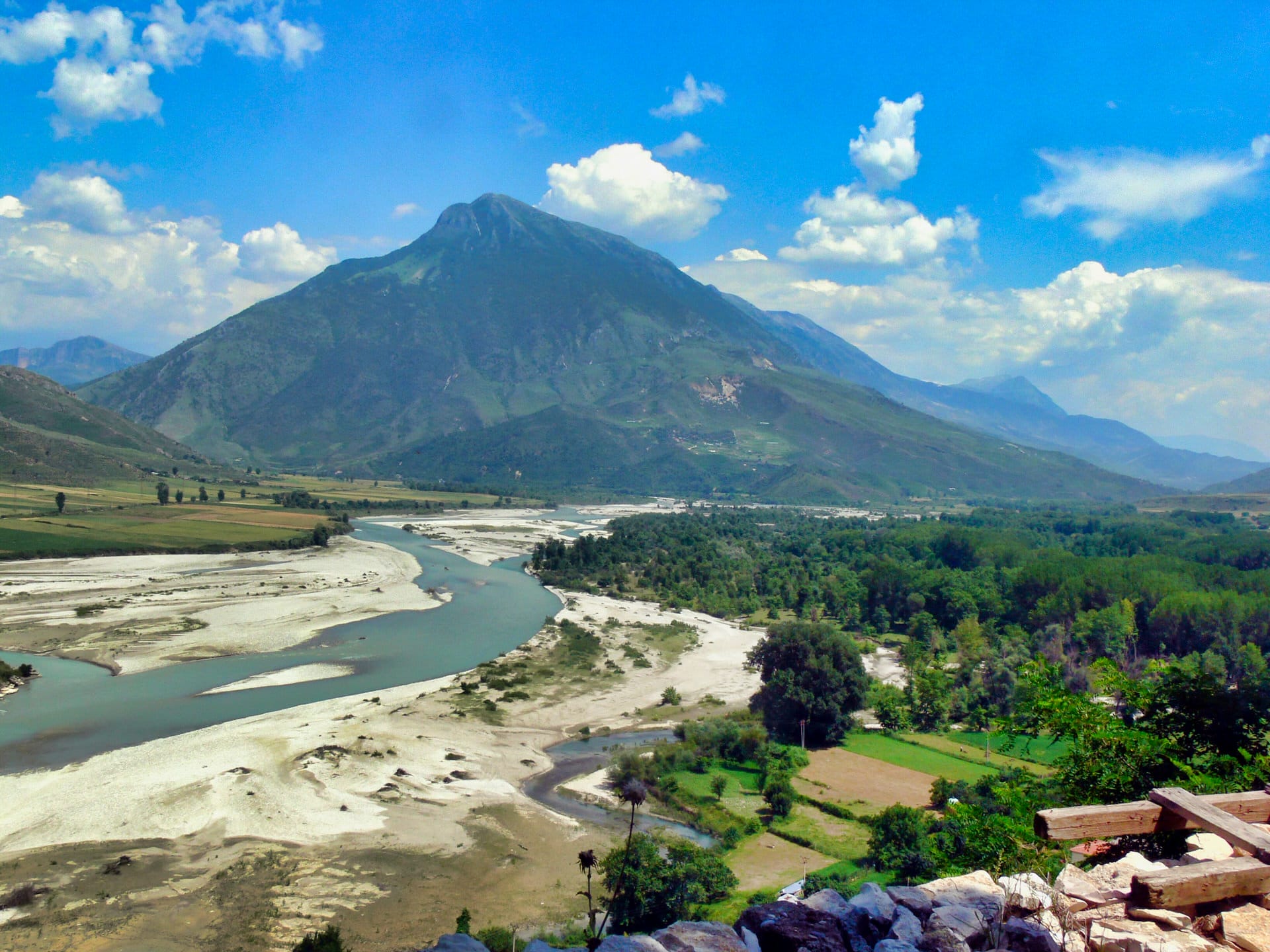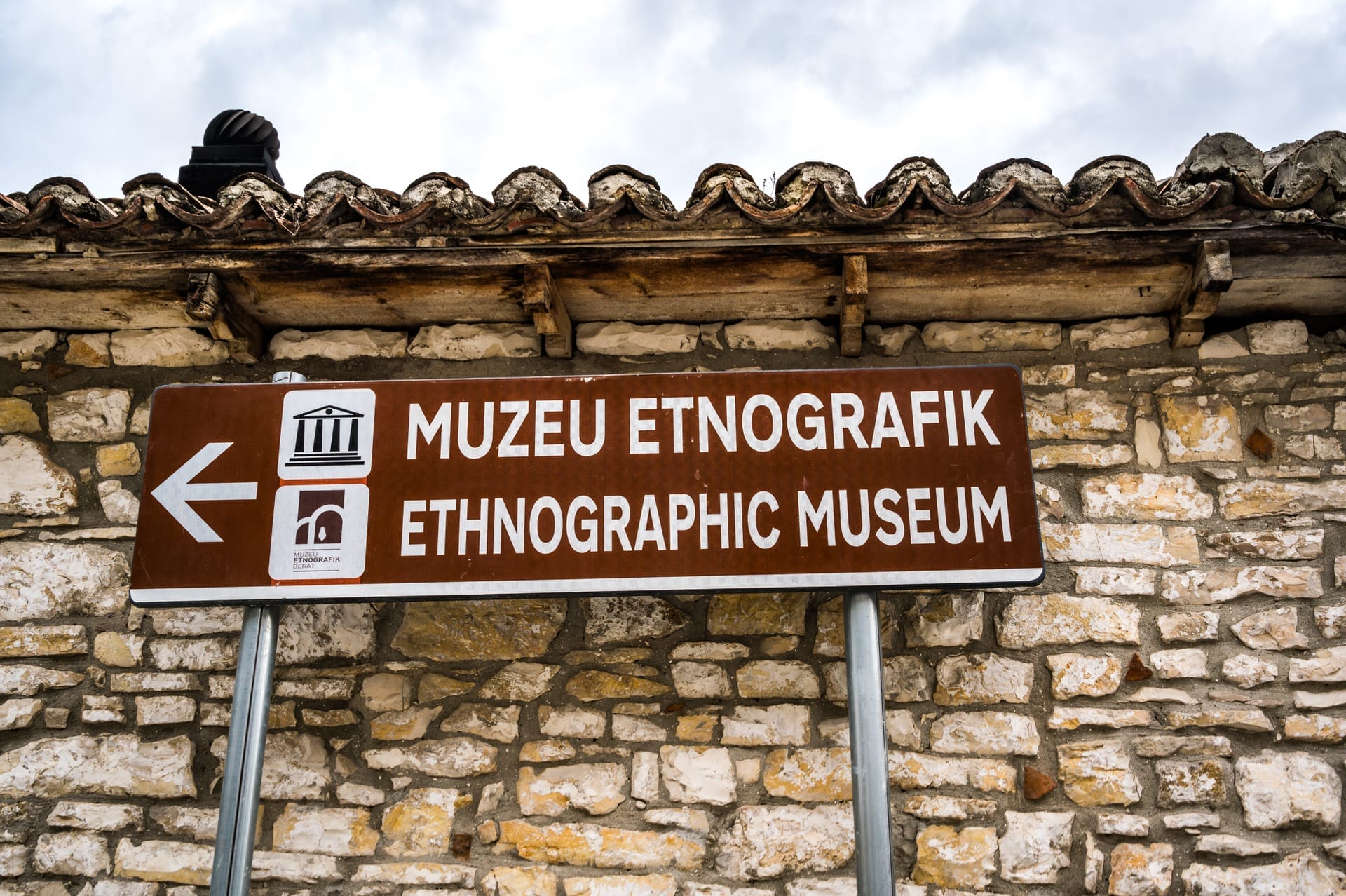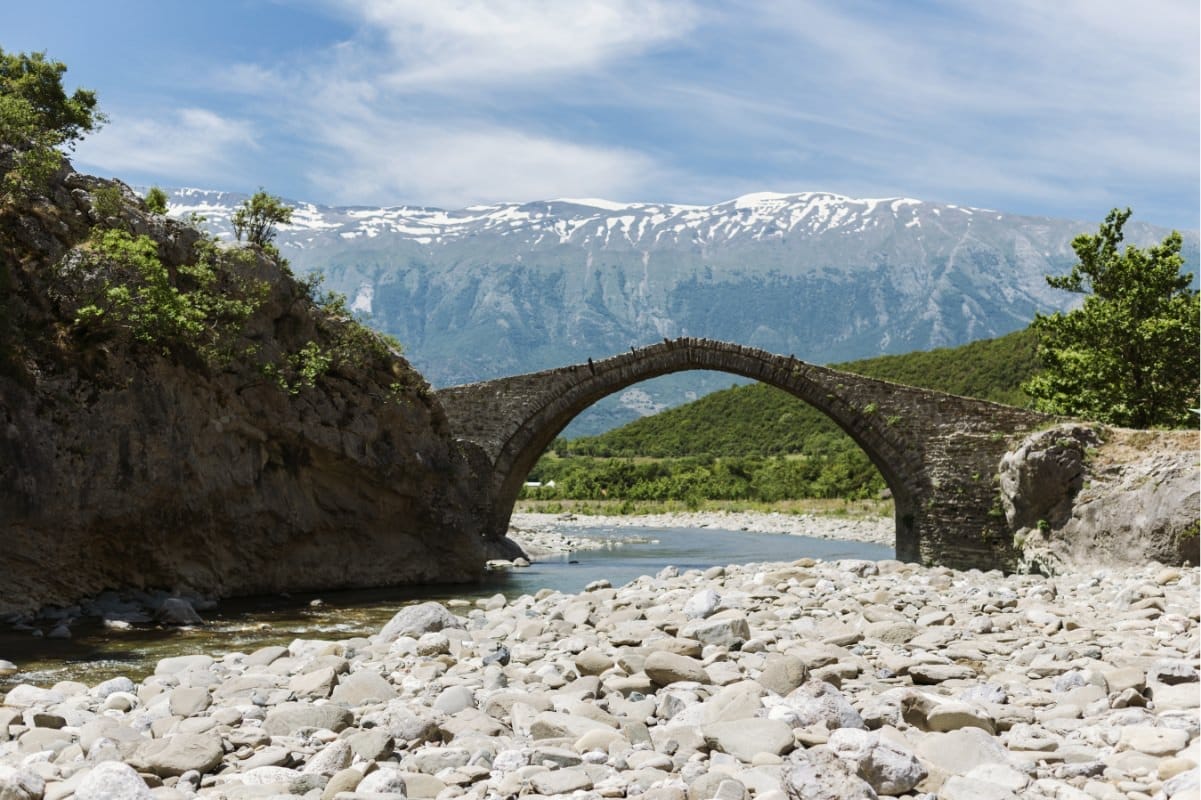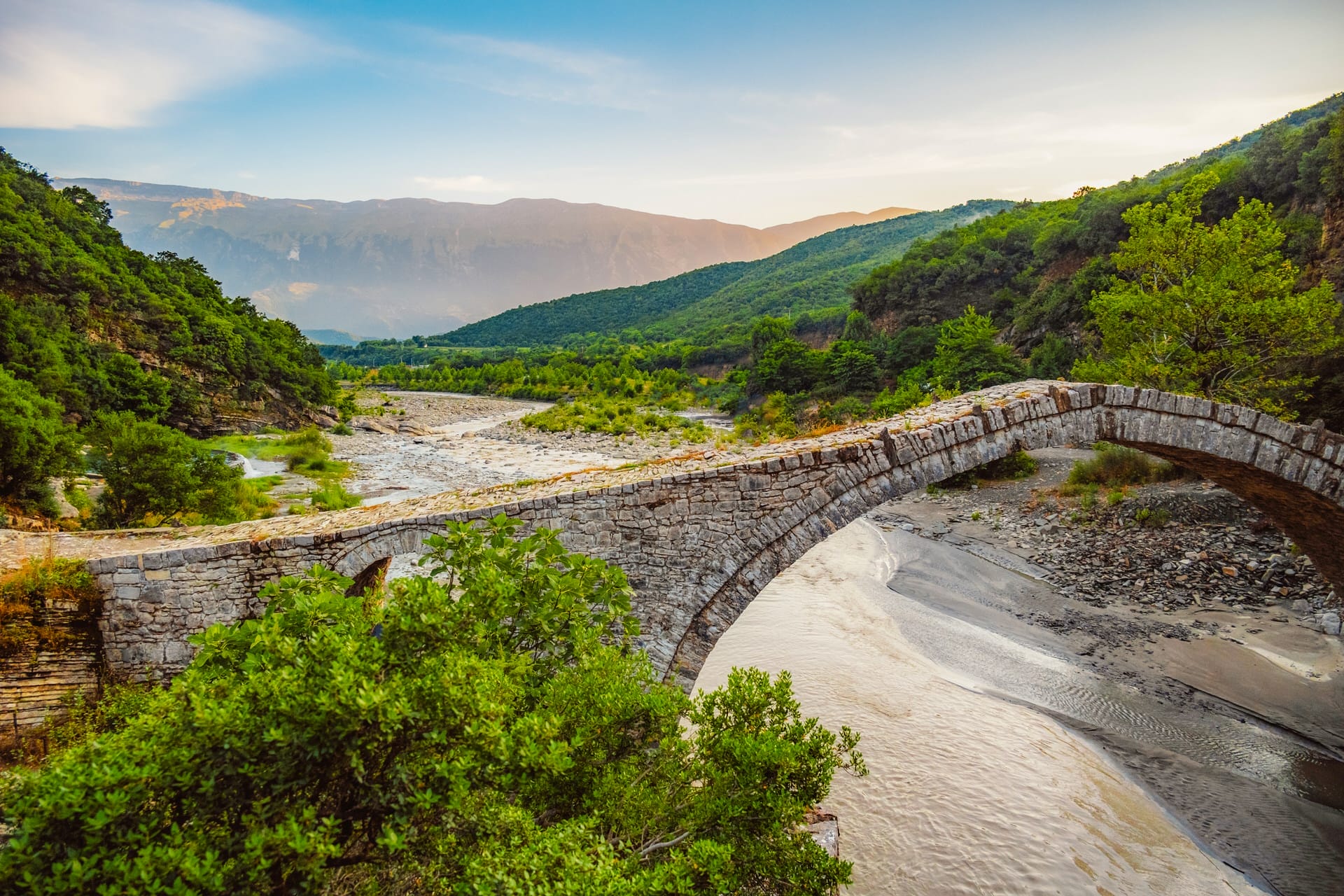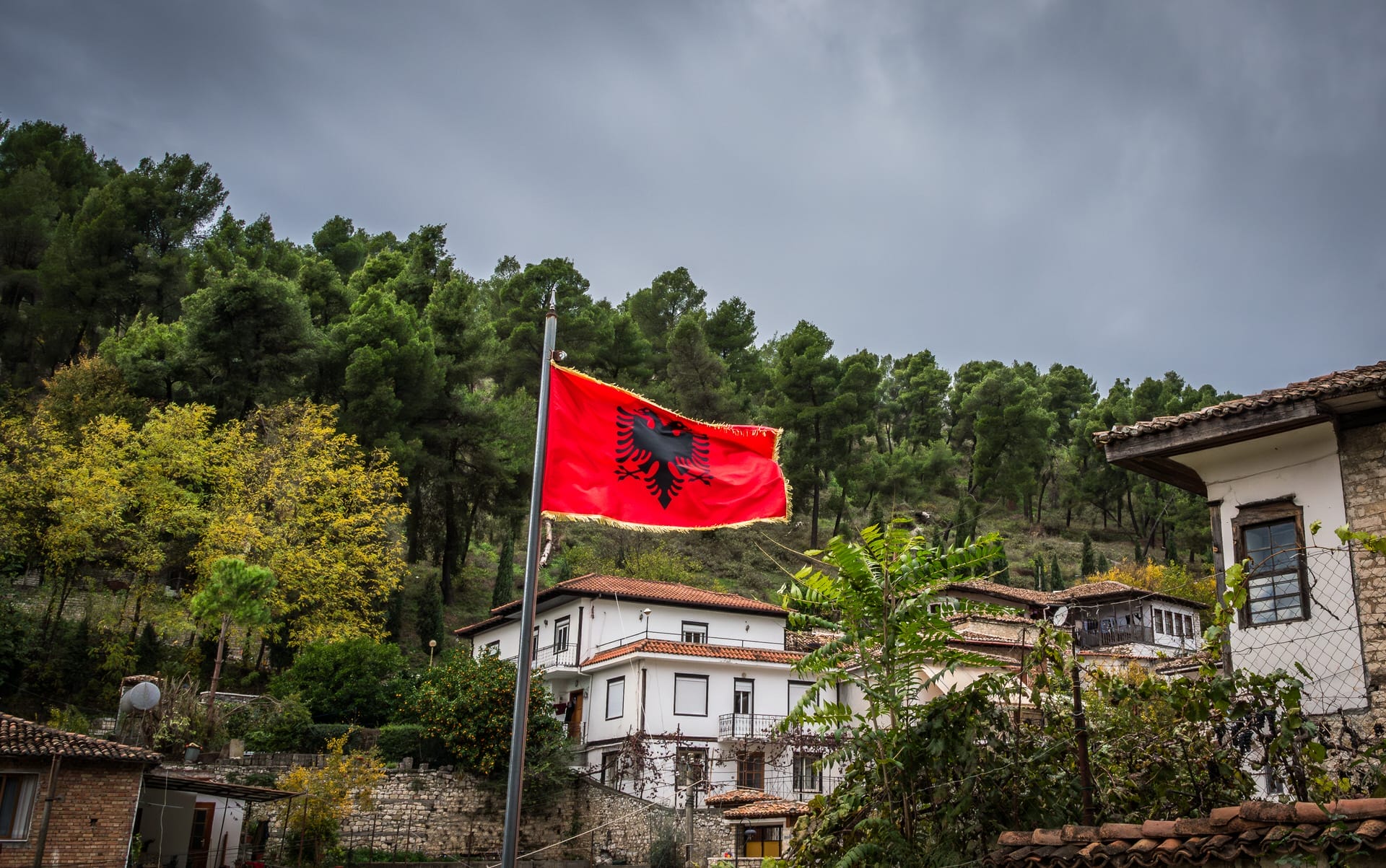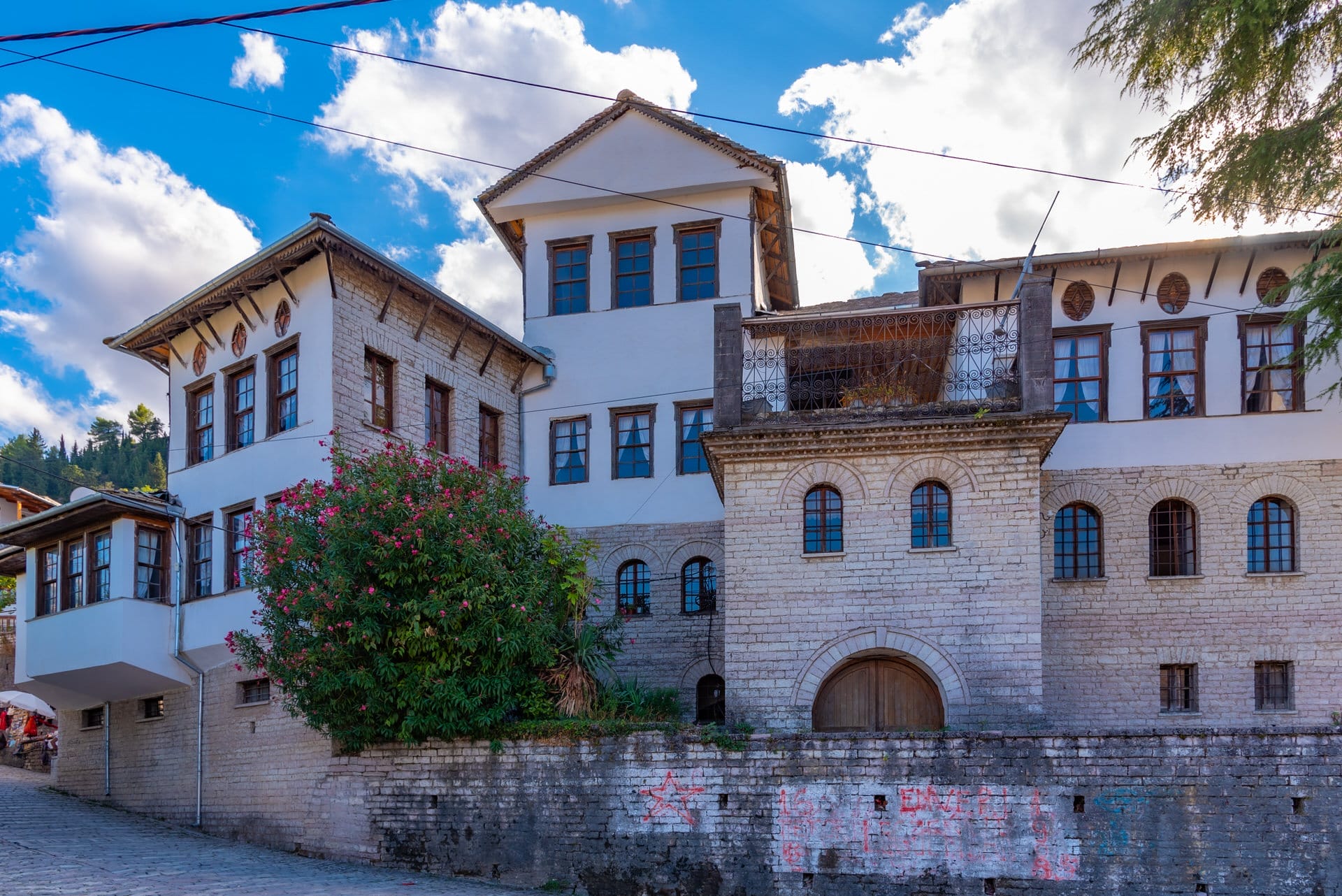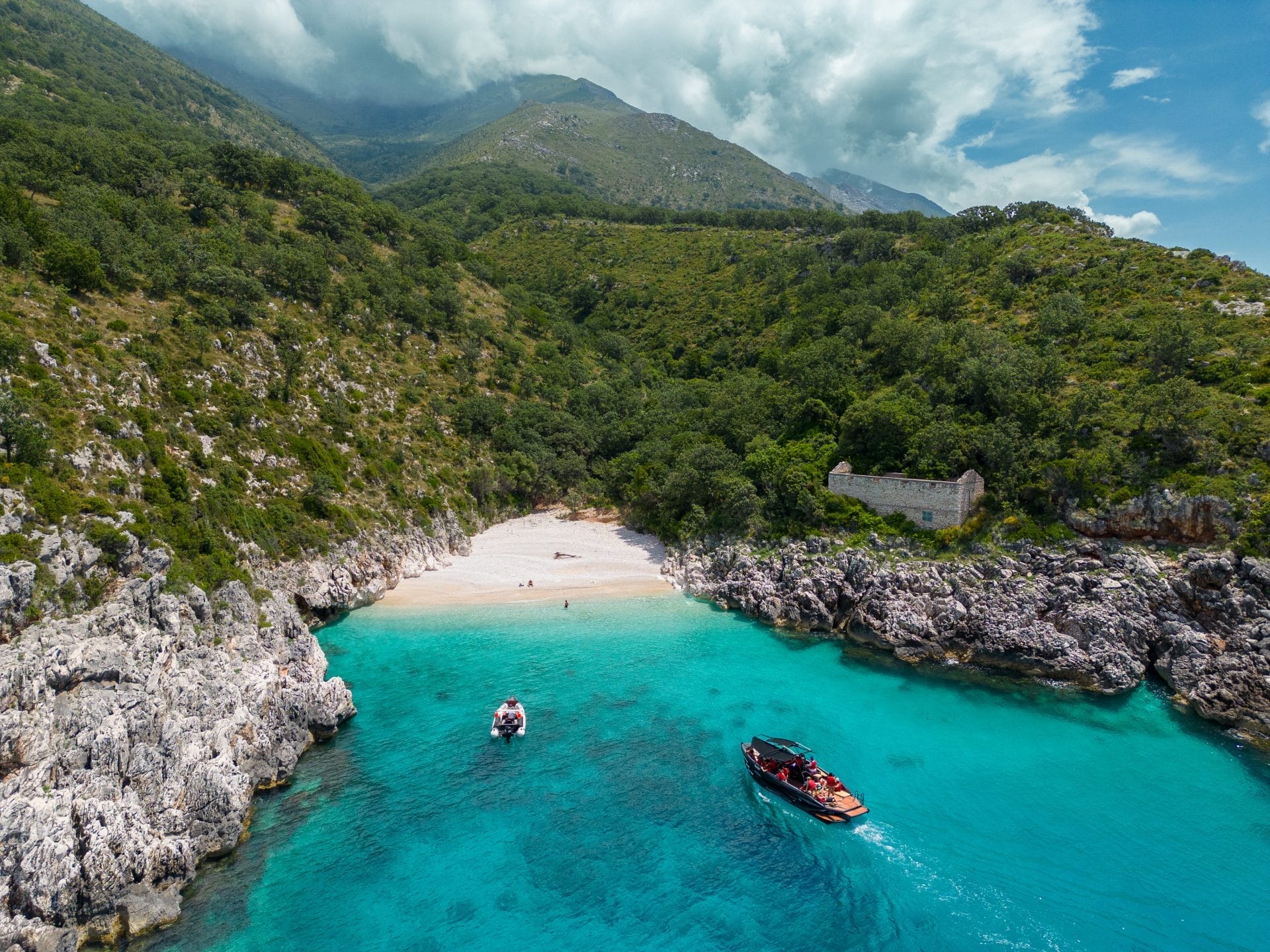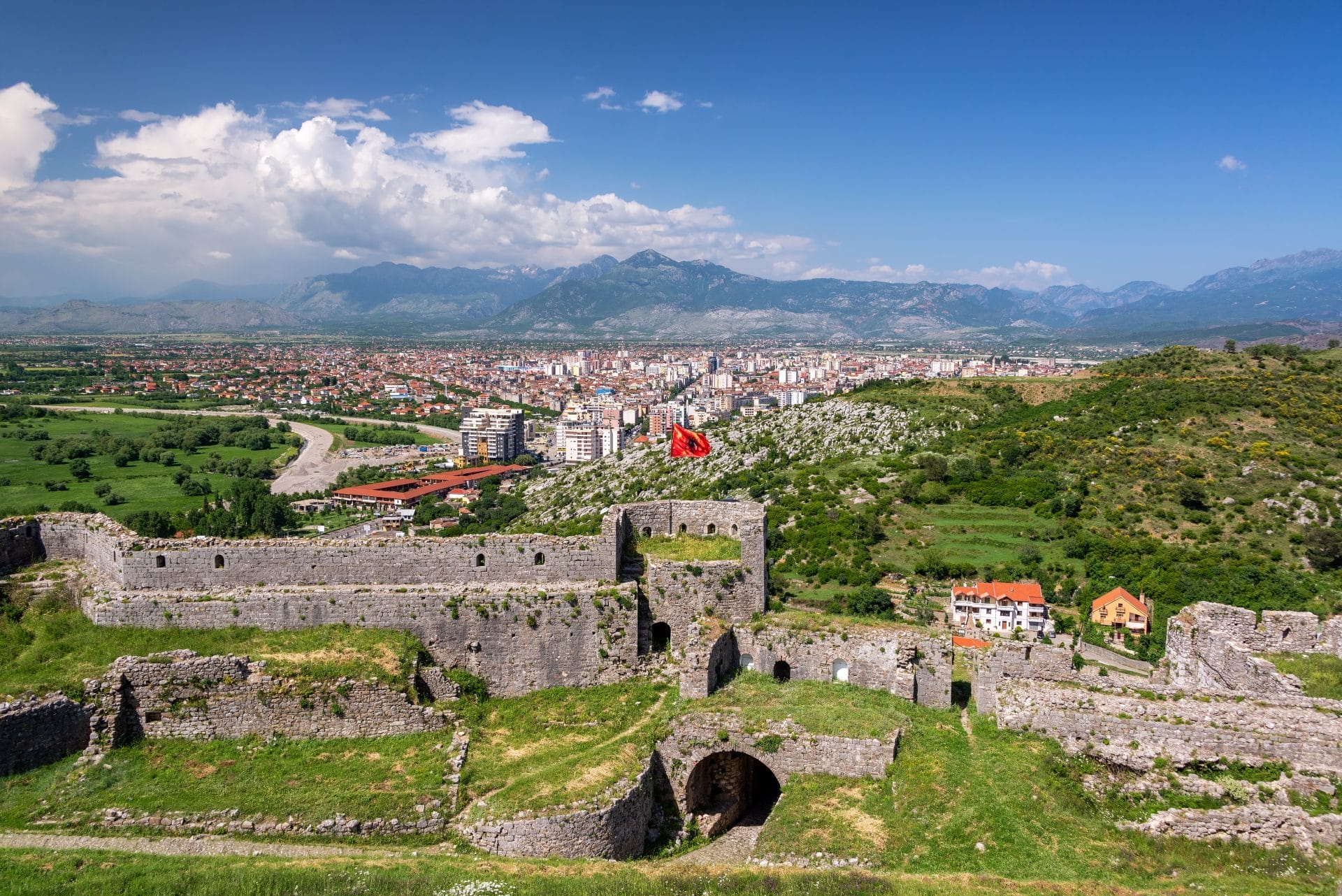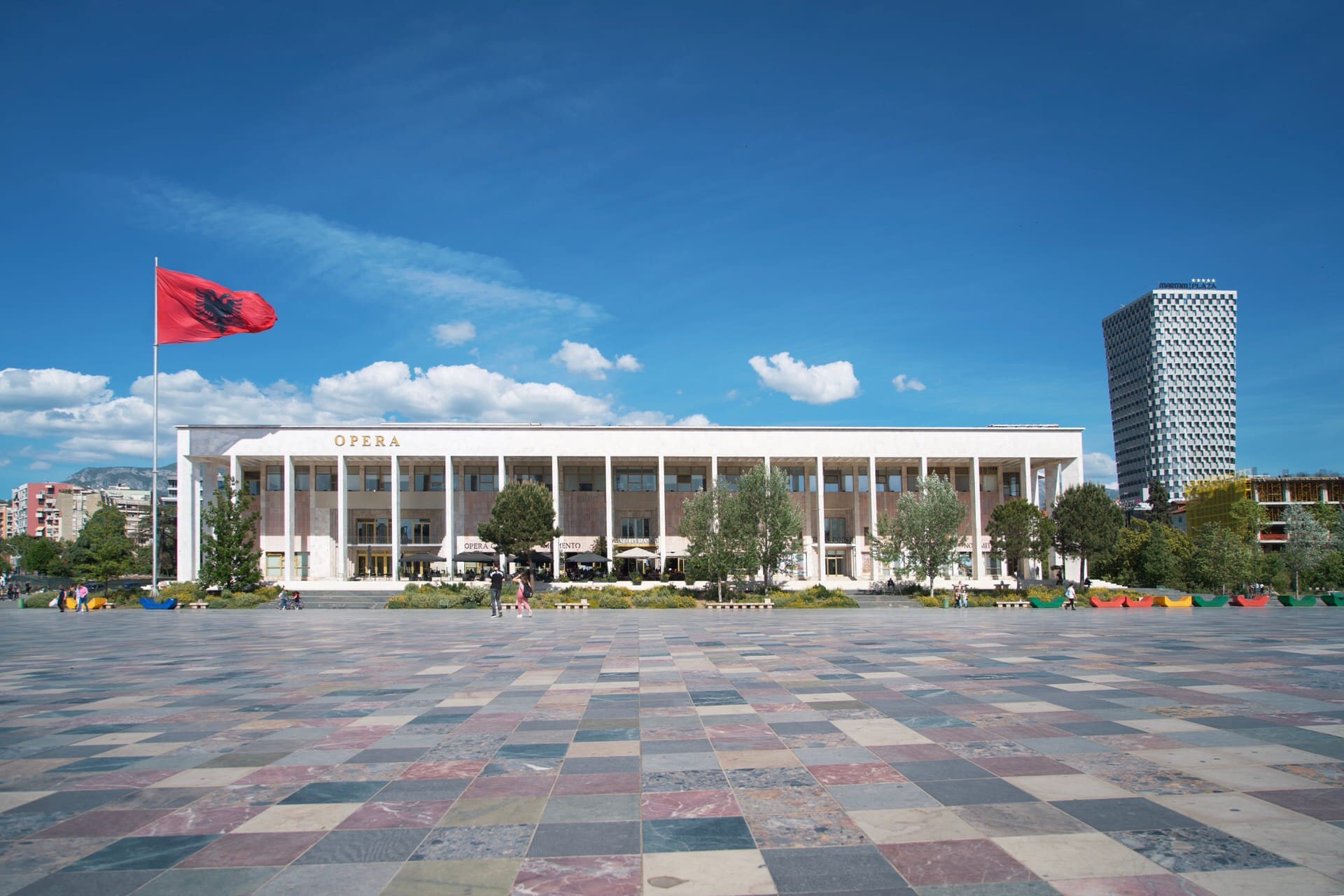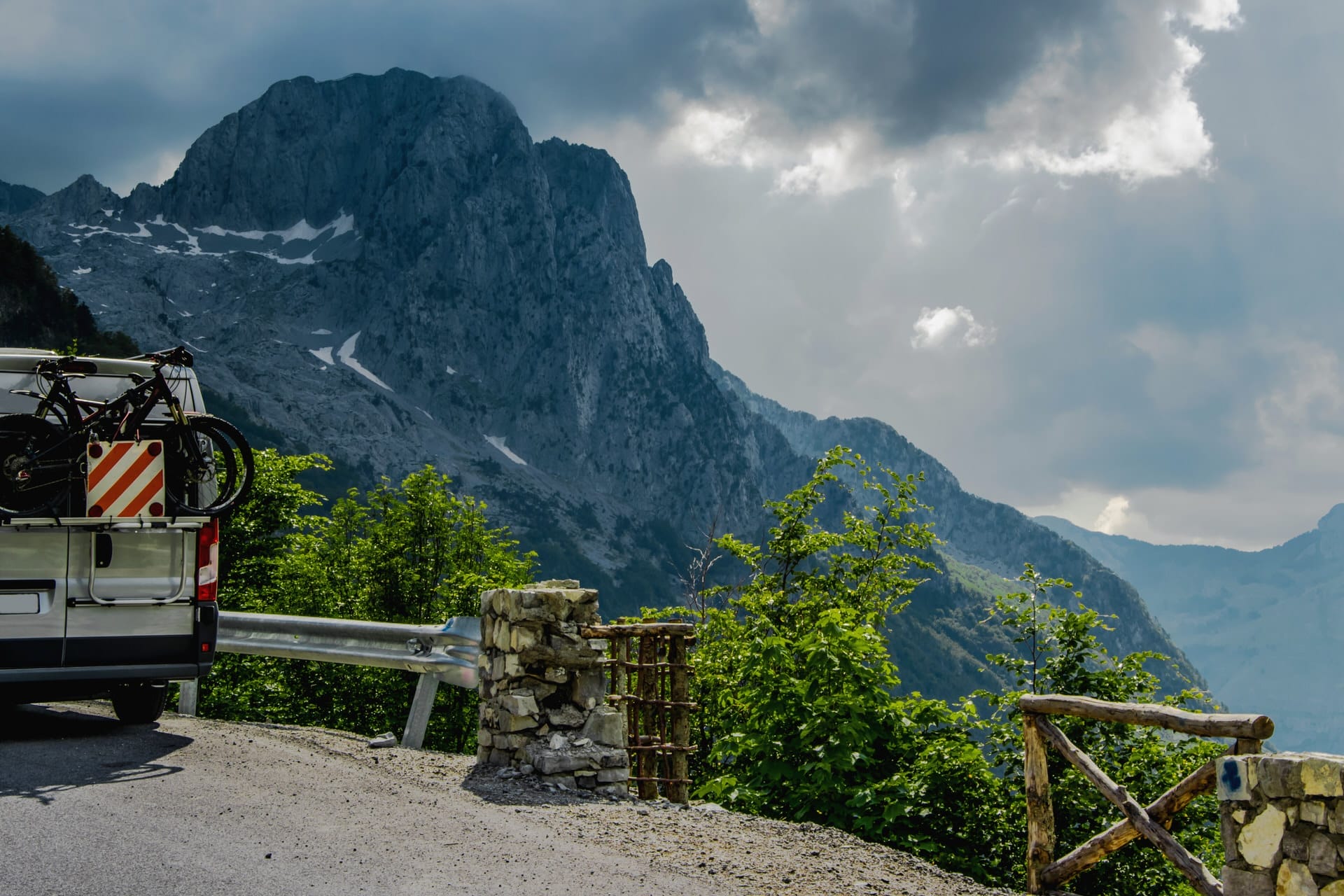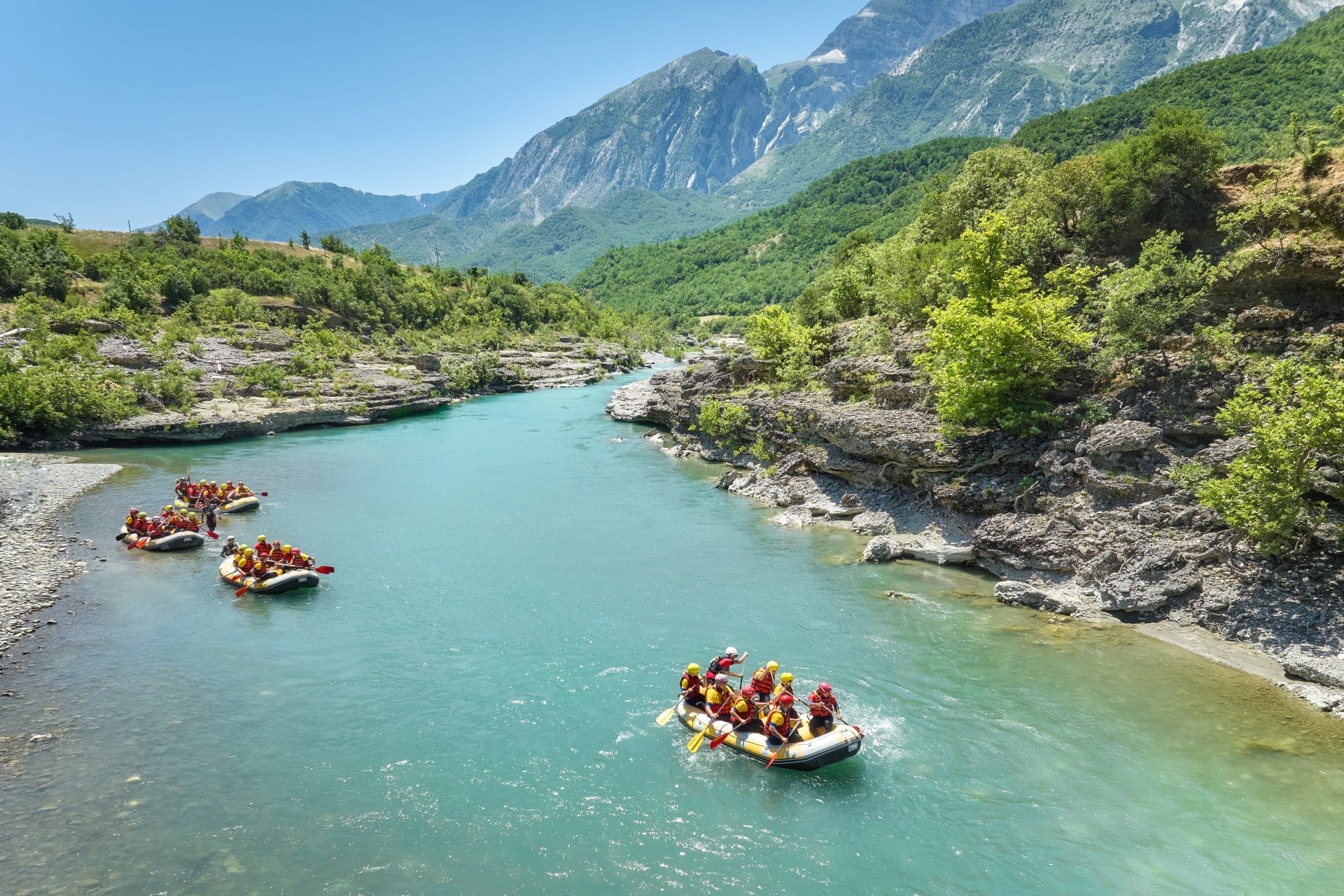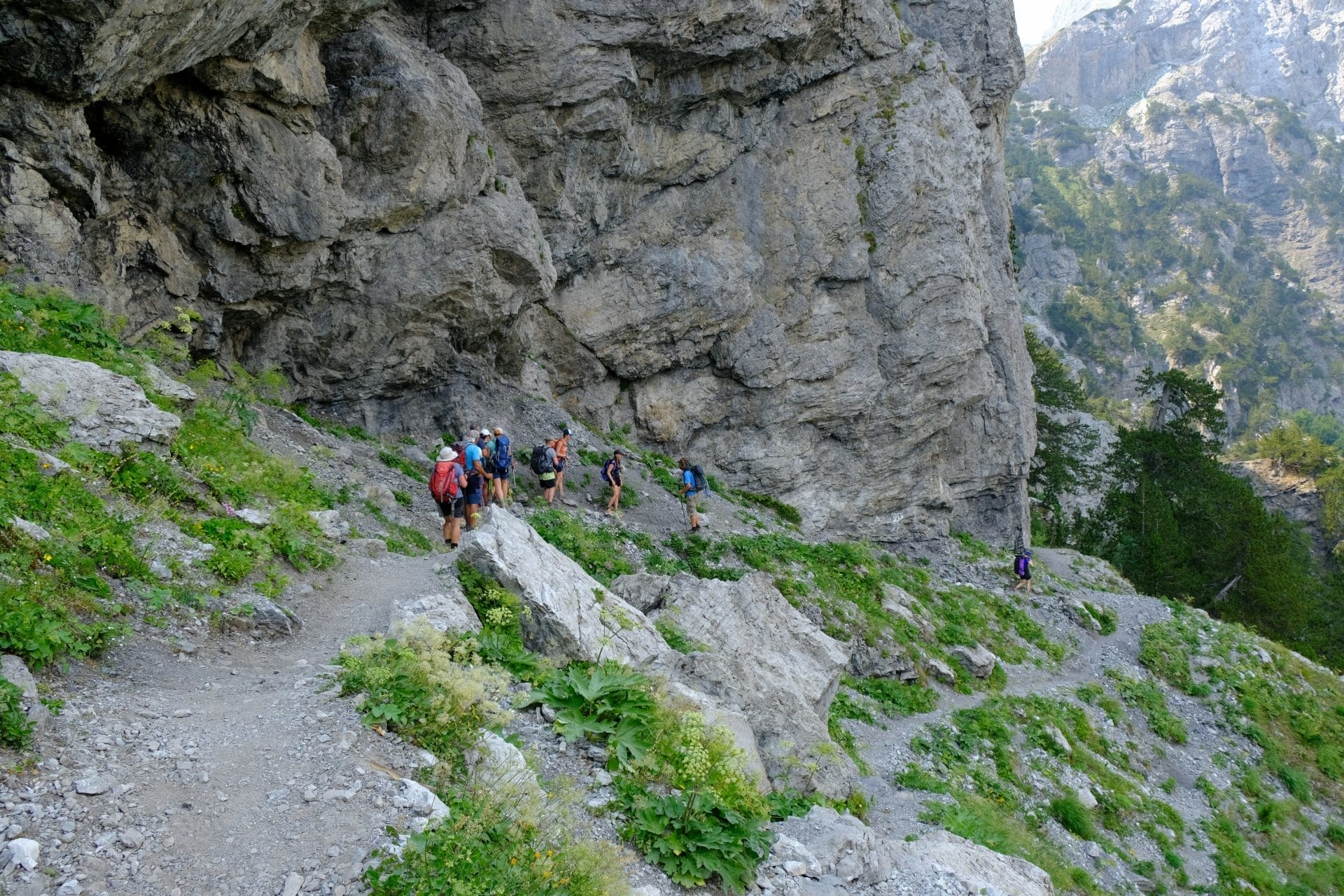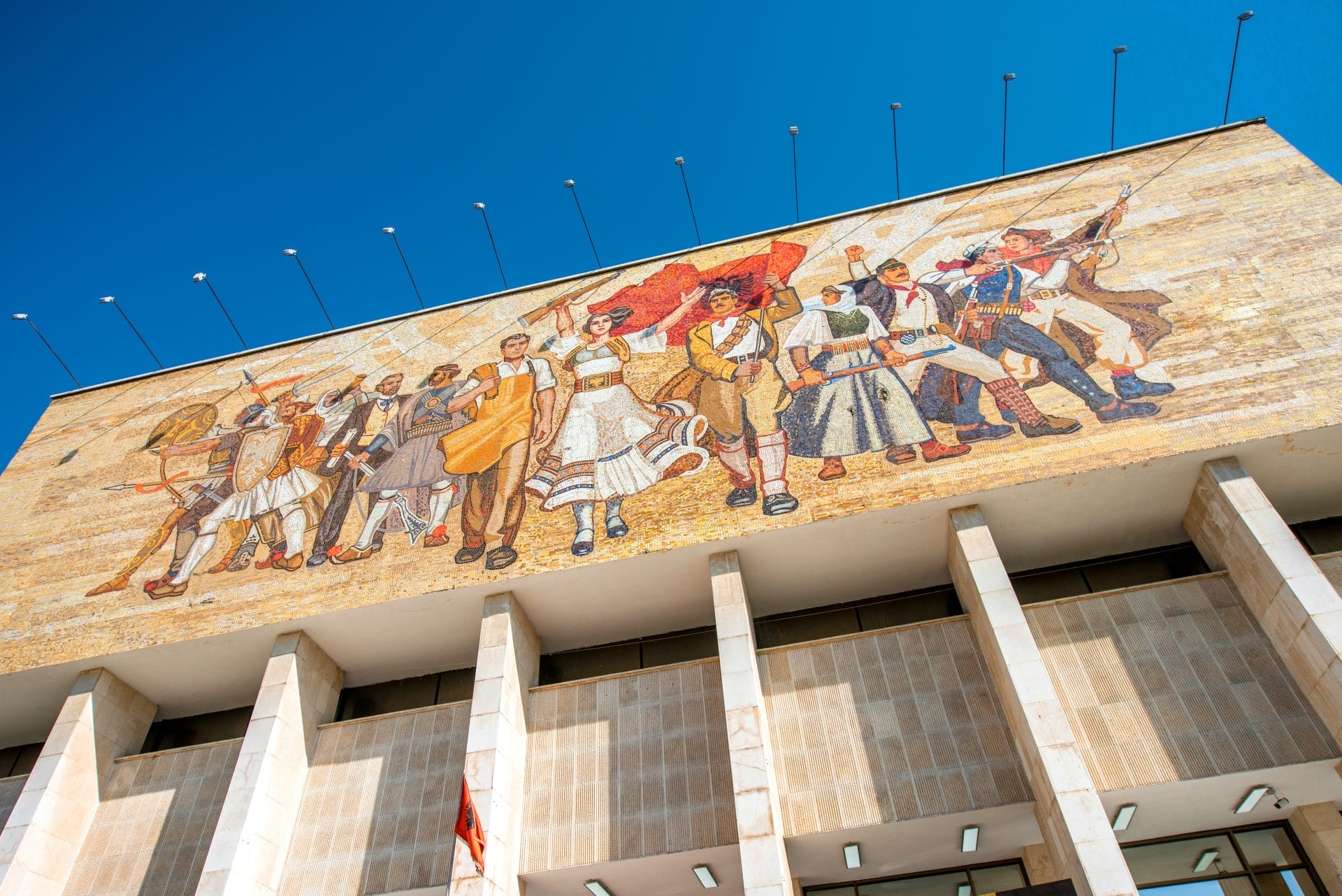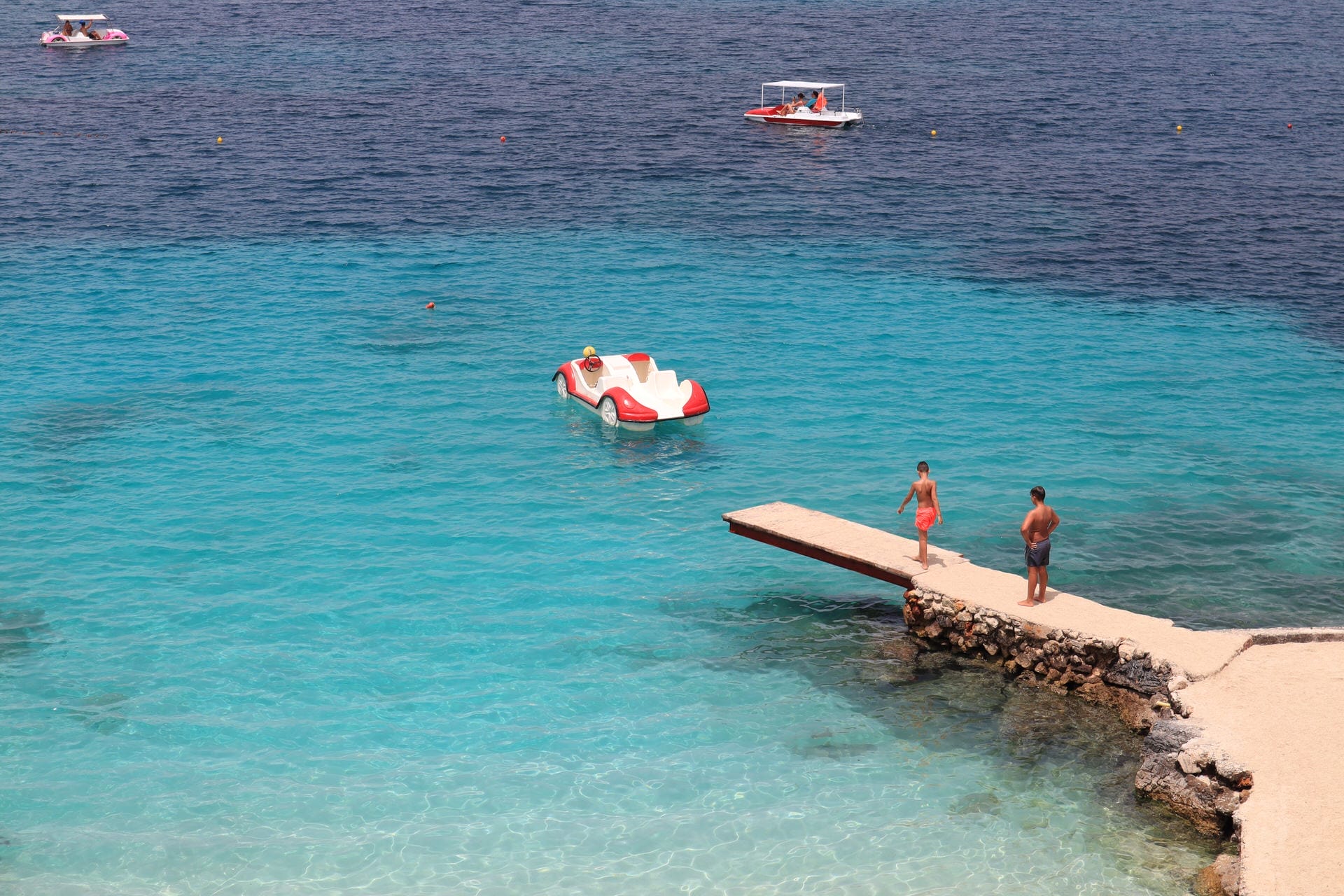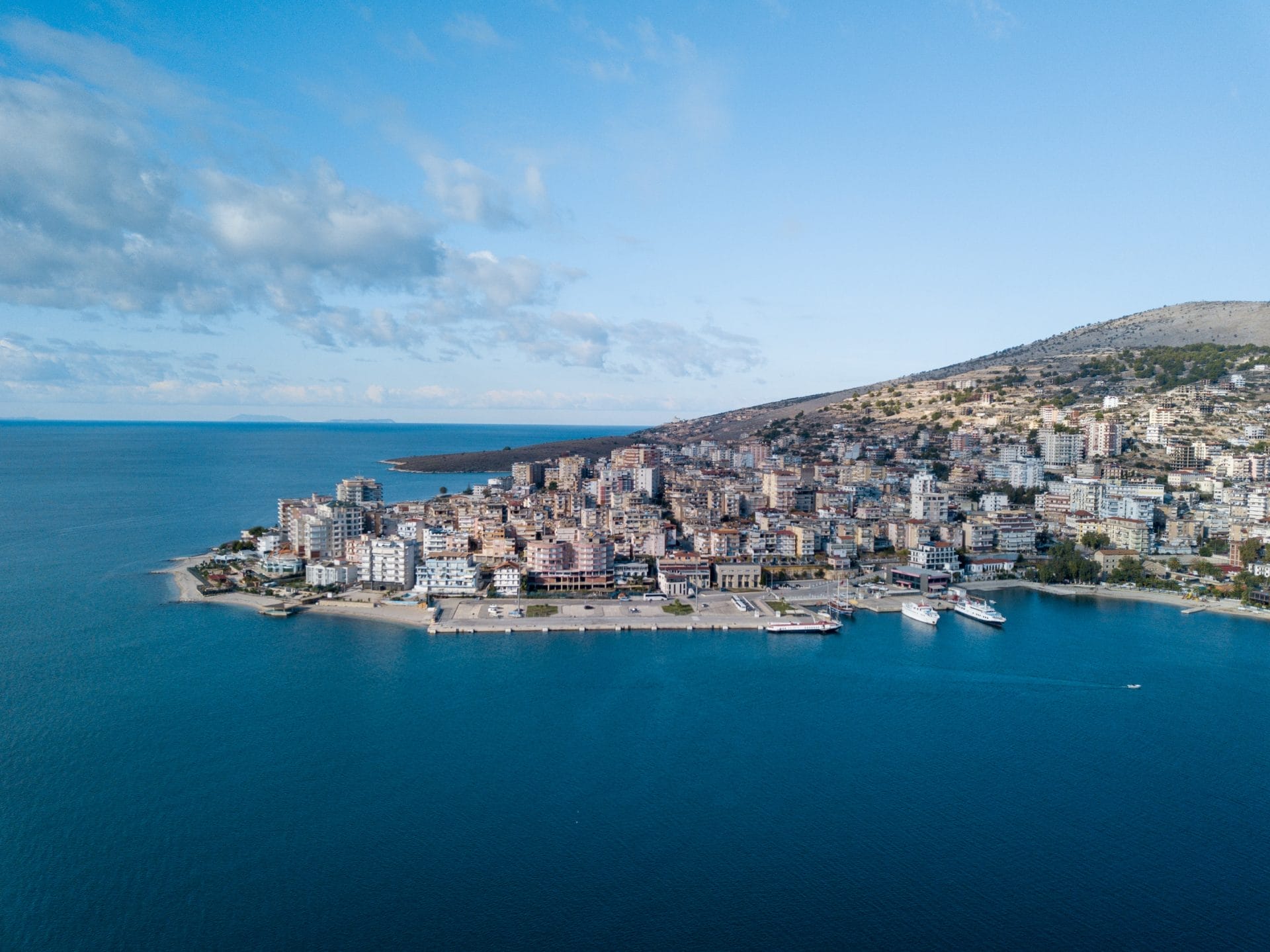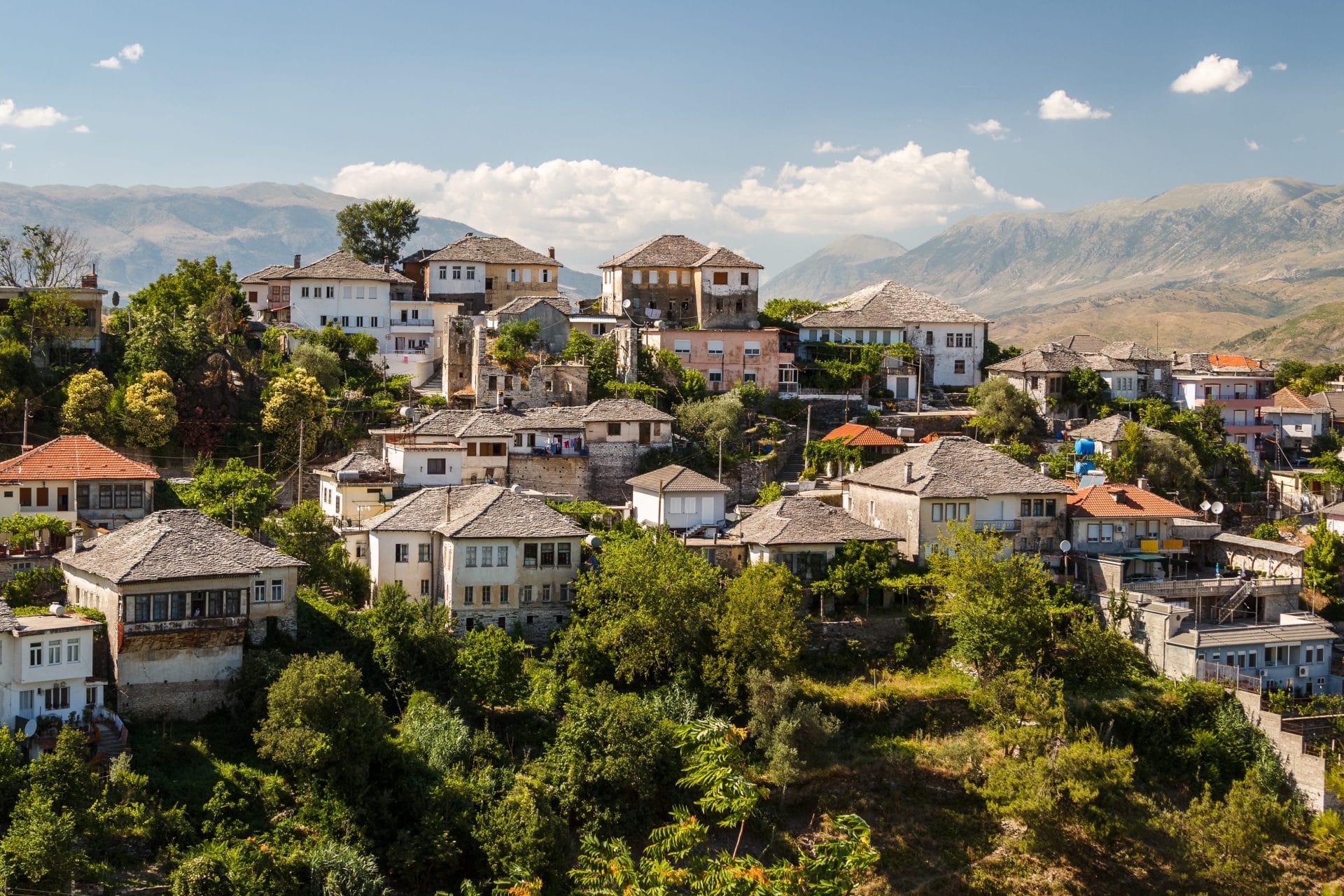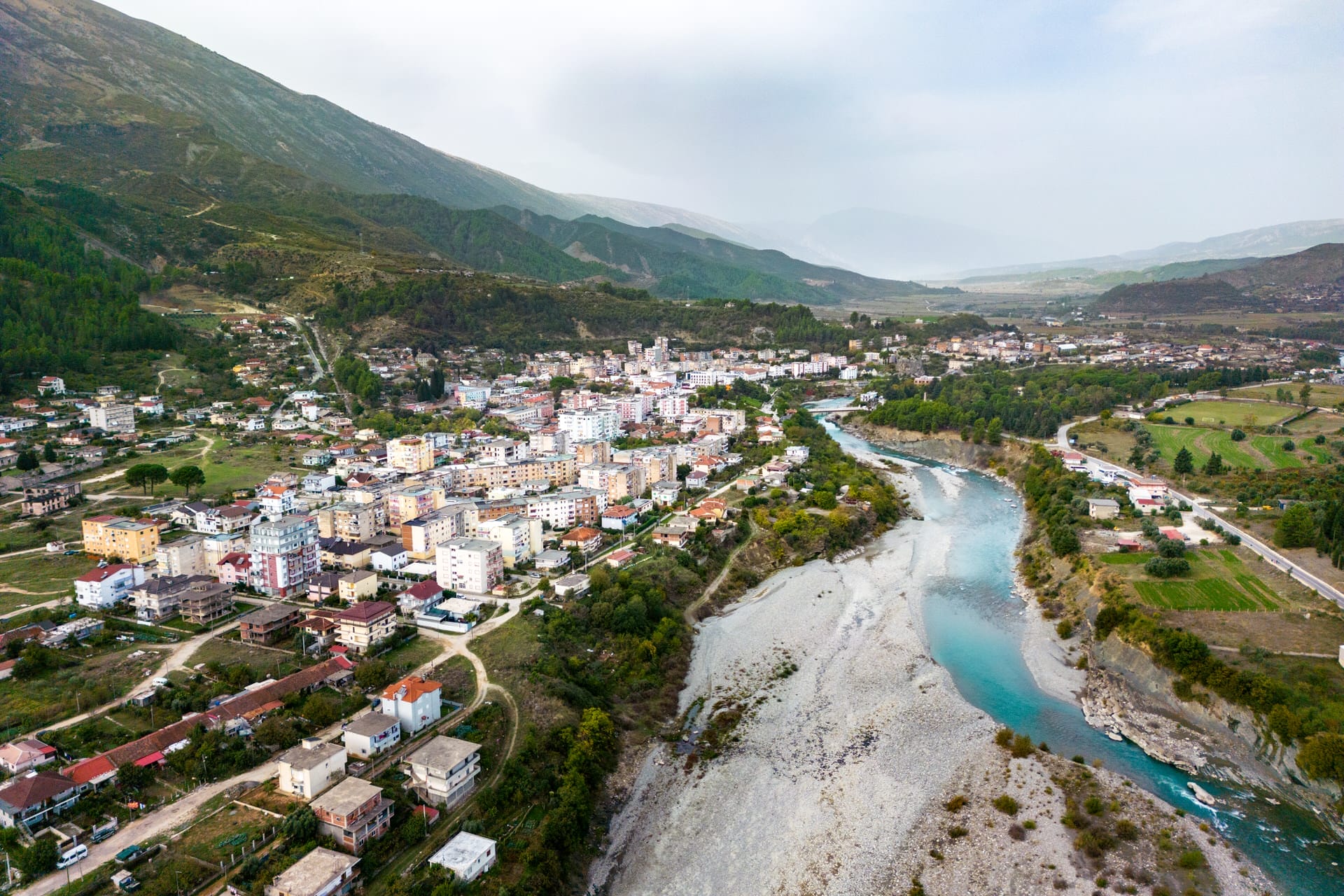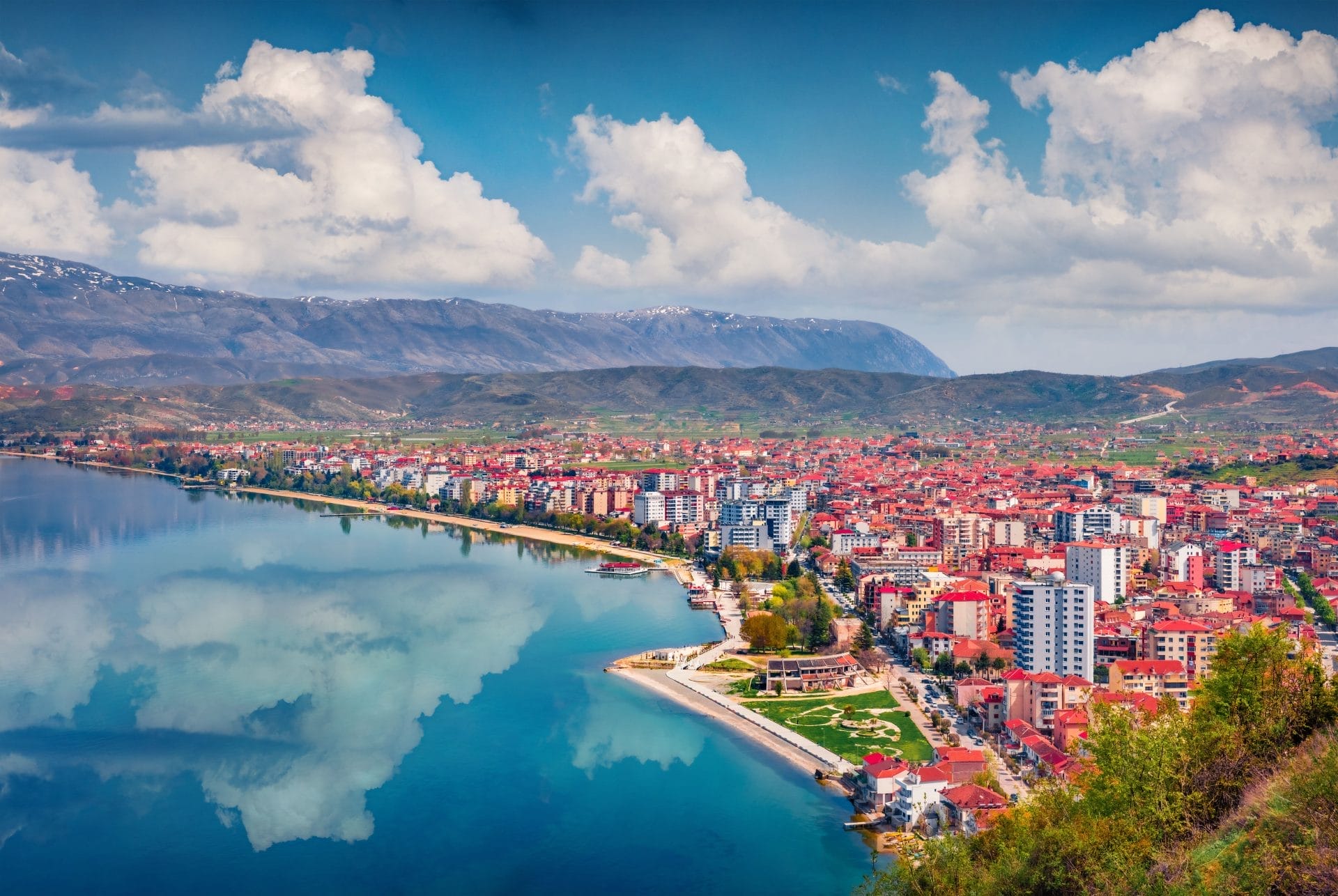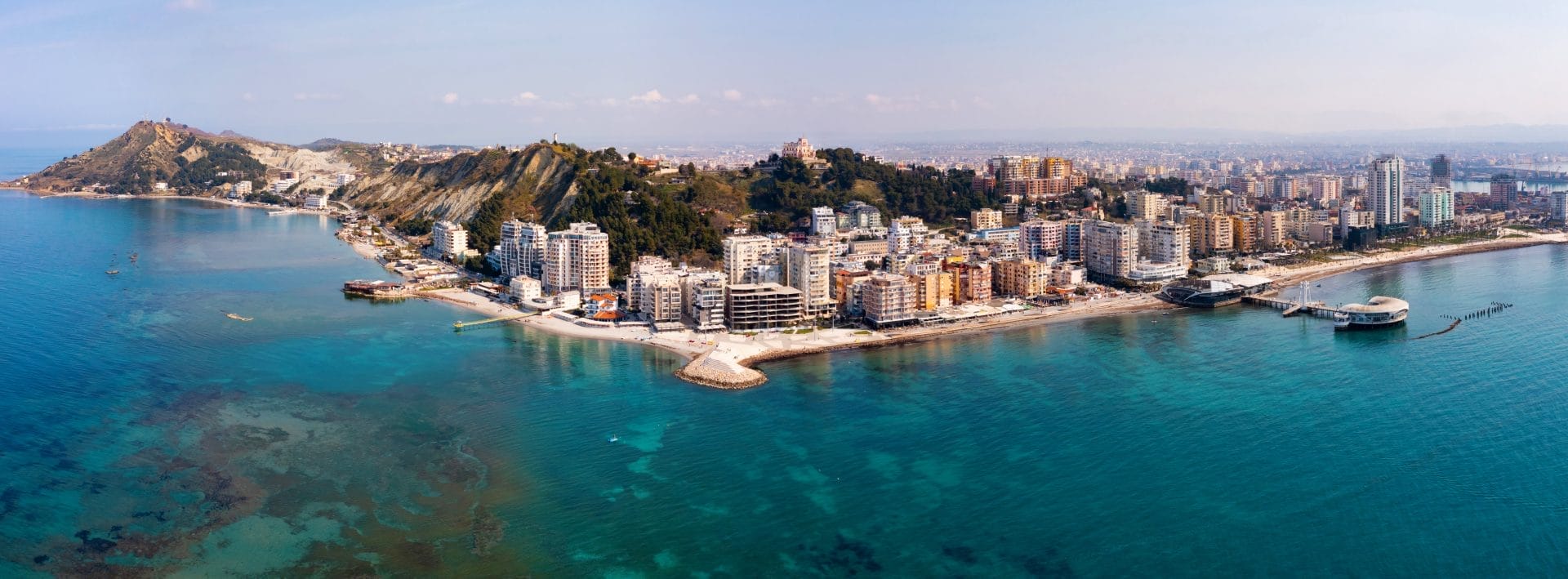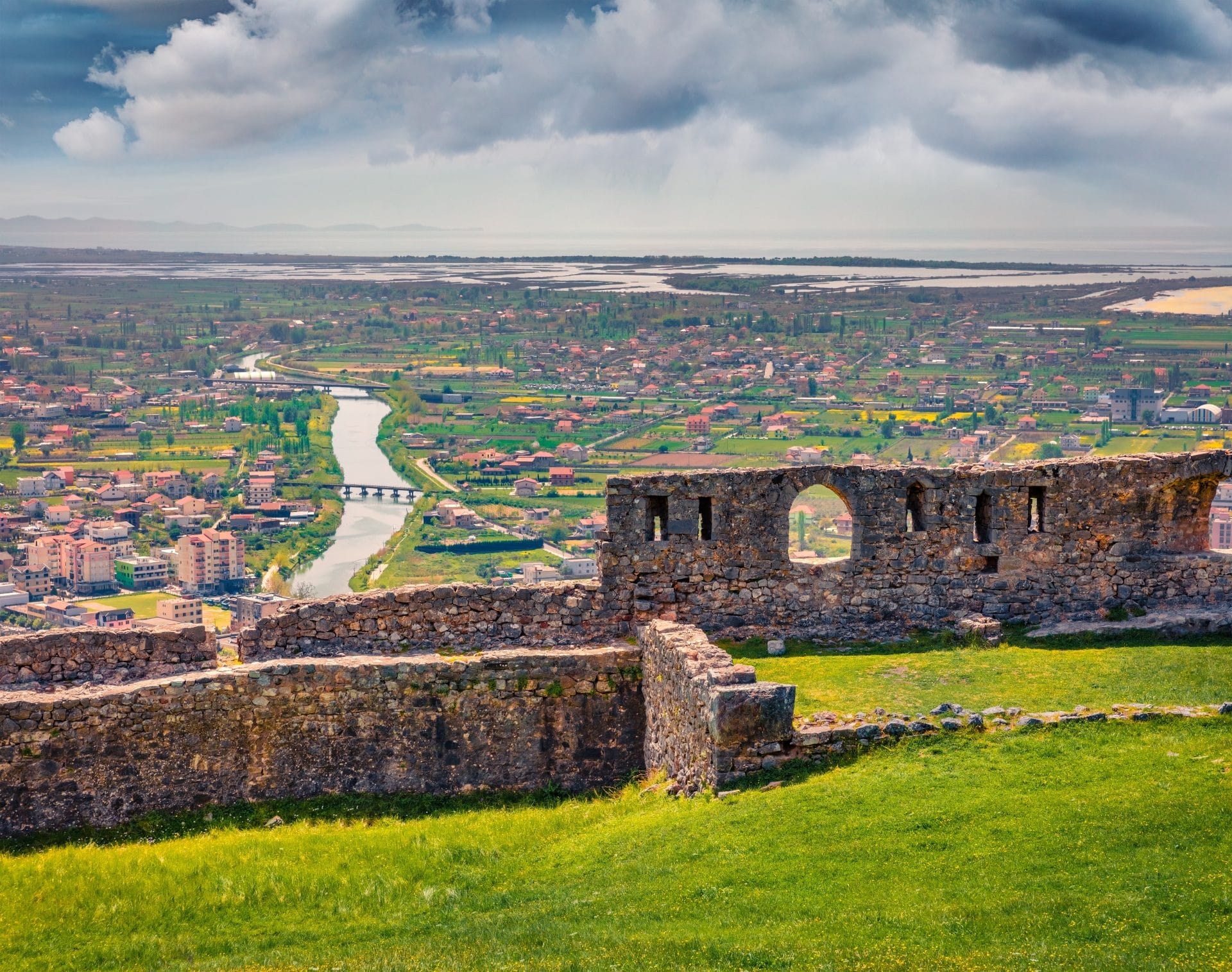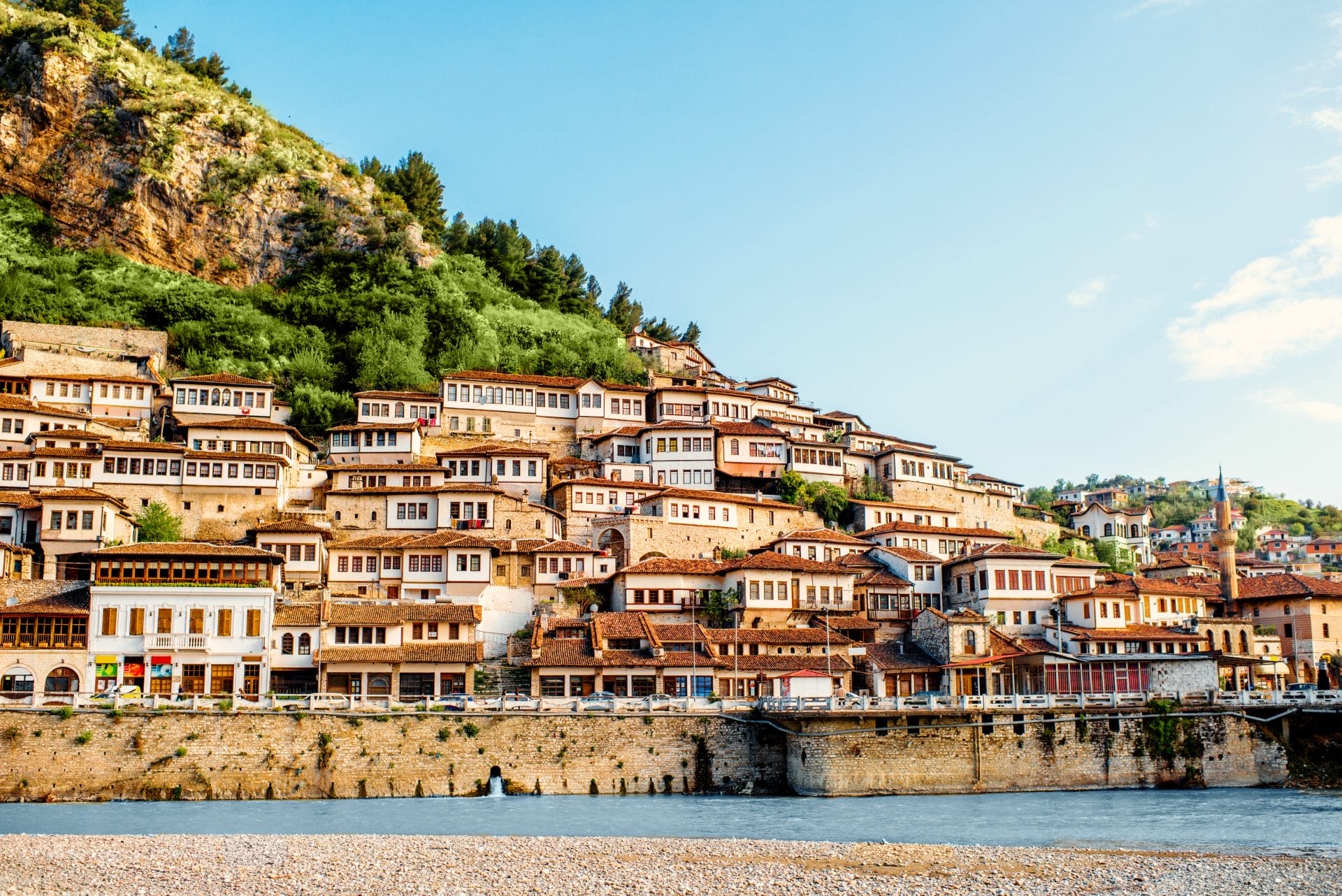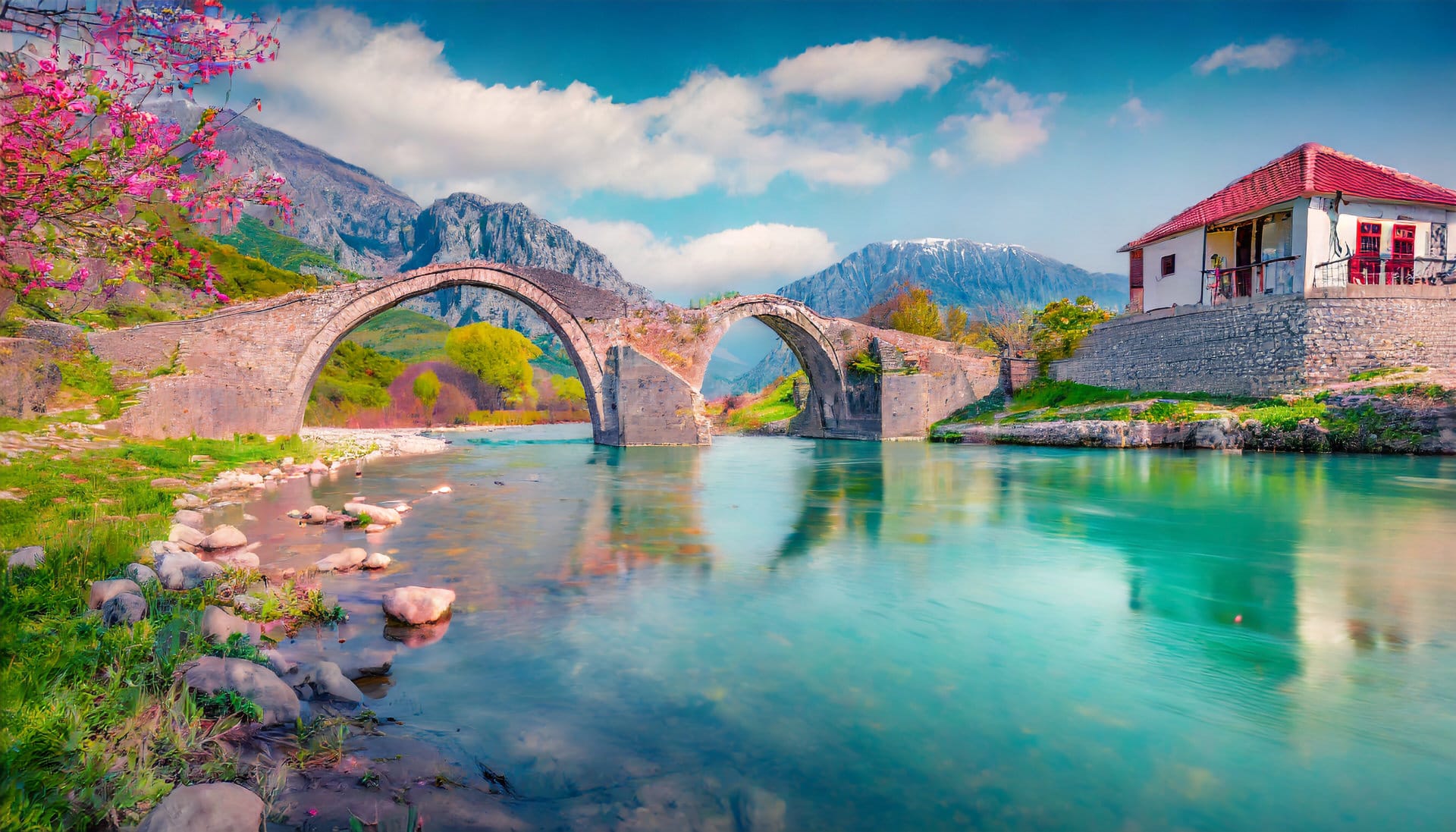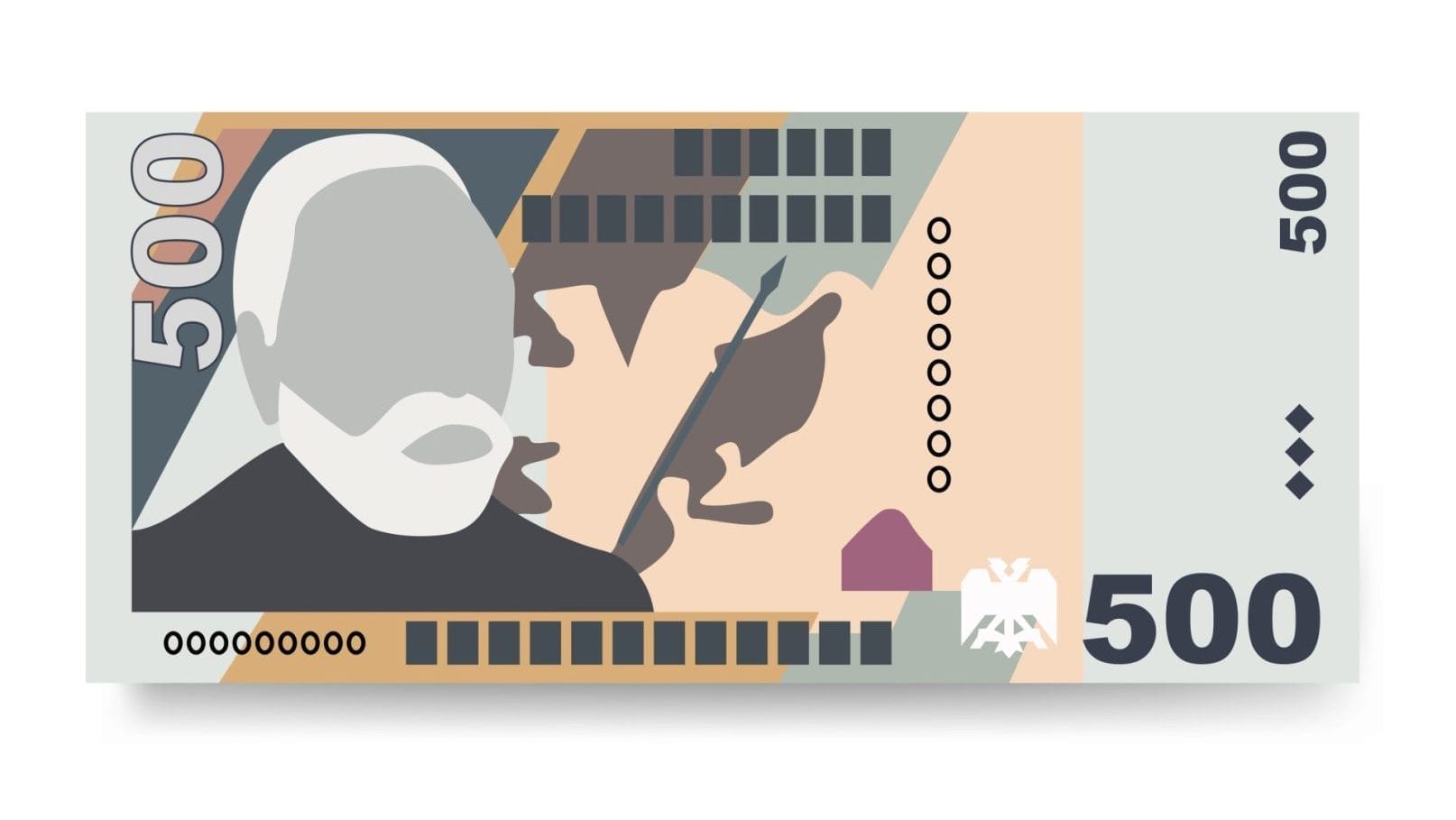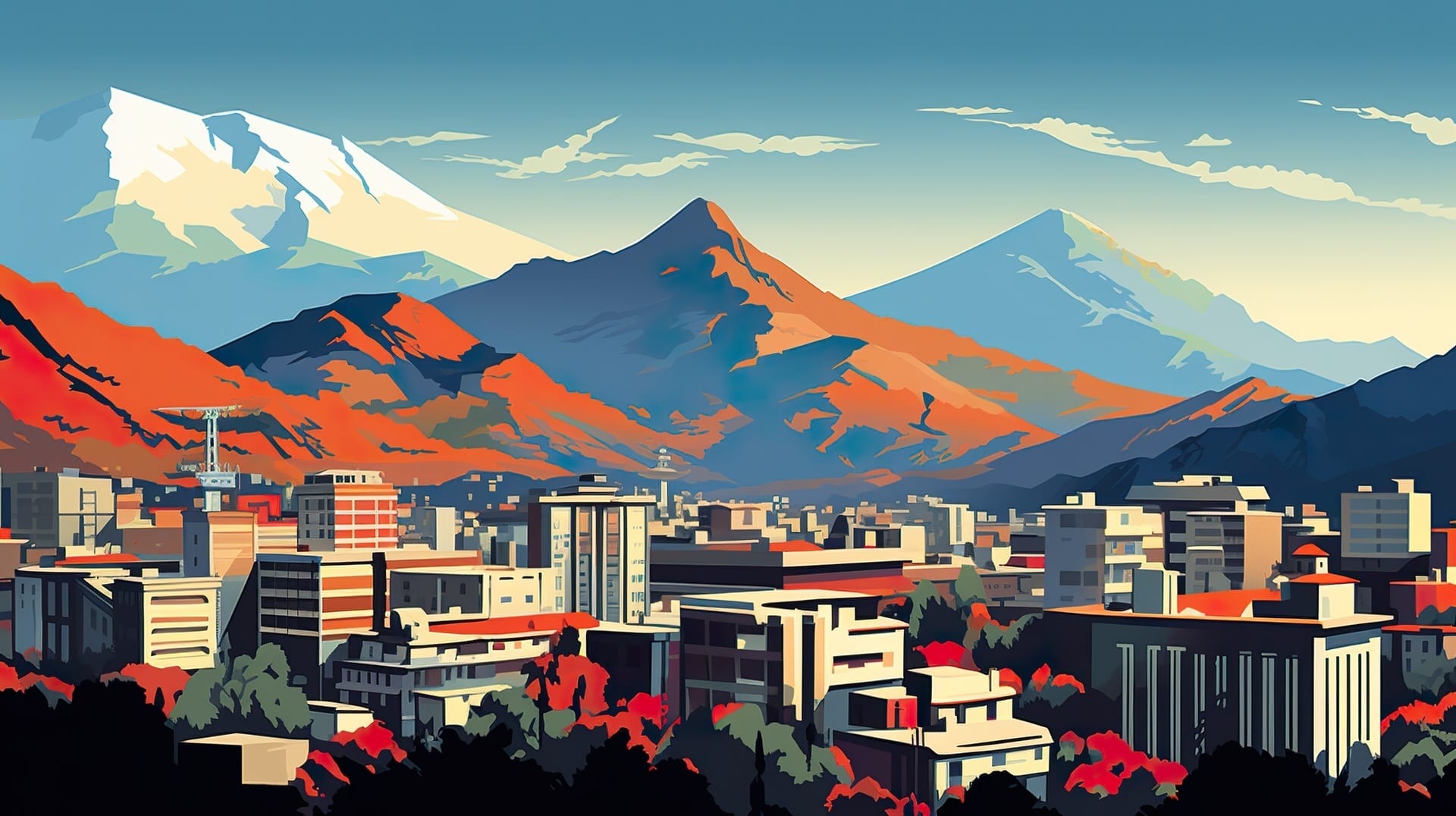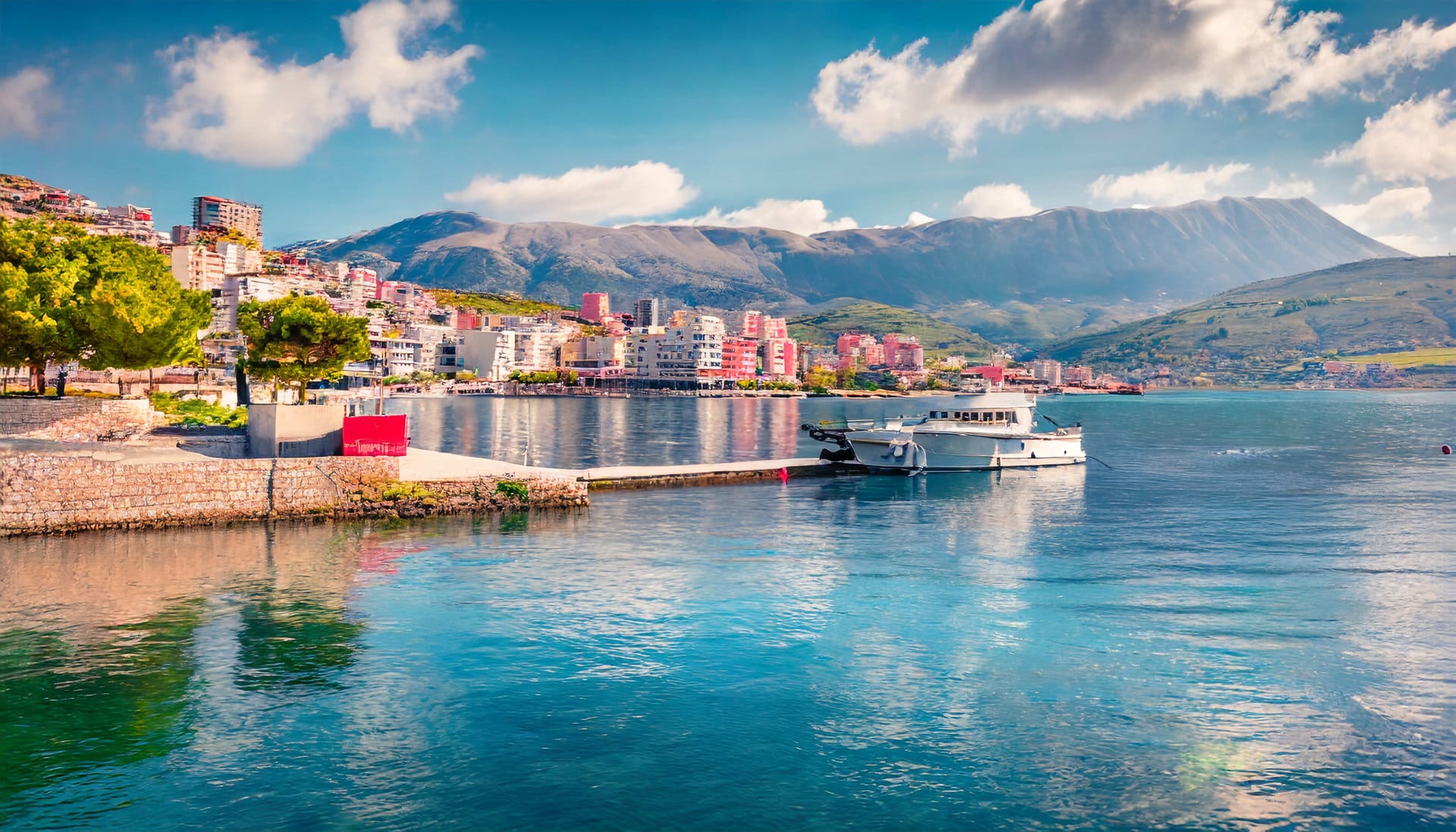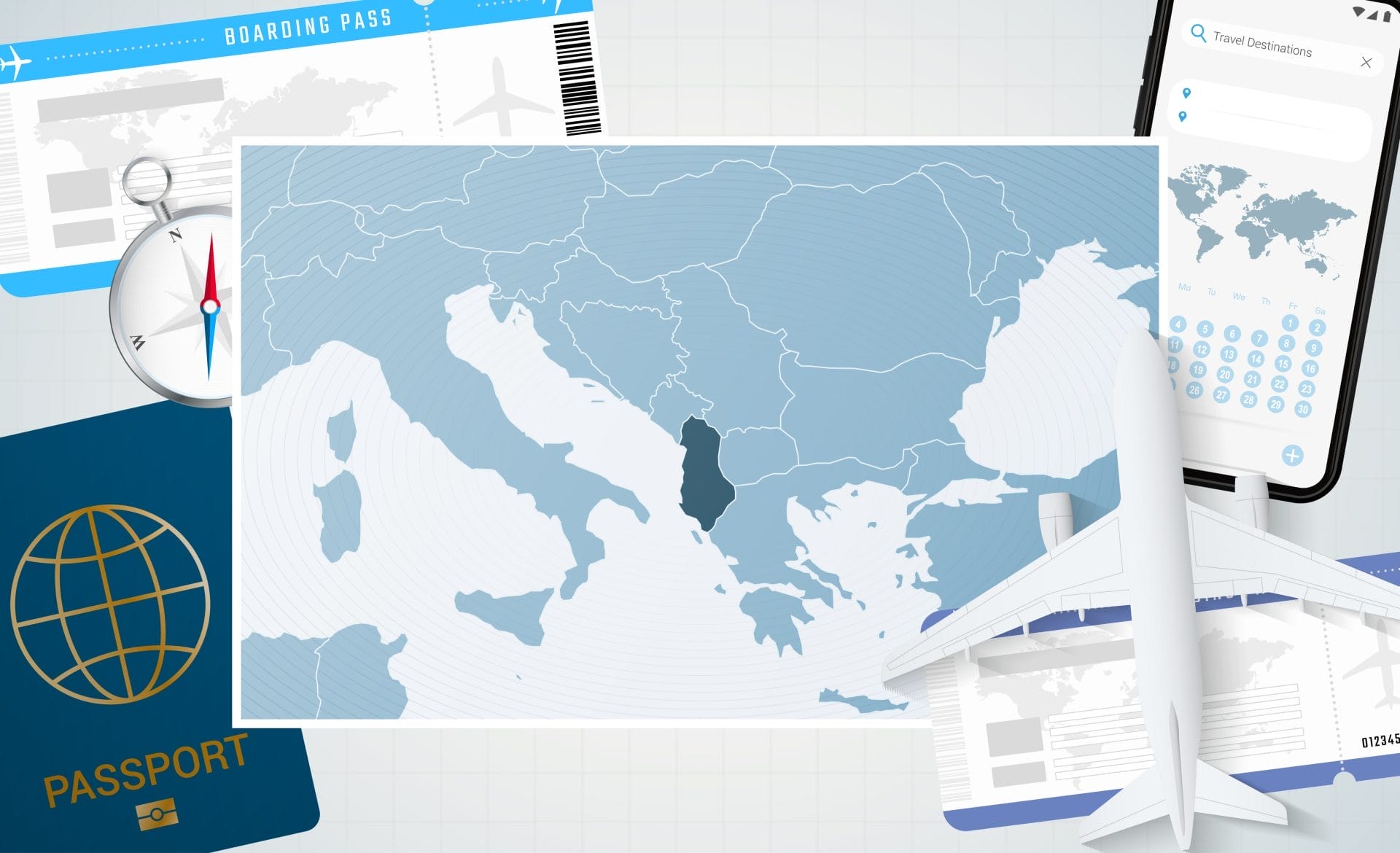
Albania’s Communist Era
On November 29th, 1944, the southern European nation of Albania found itself entirely liberated from years of occupation and fascist rule. Emerging as a fledgling state called the Democratic Government of Albania, at its helm was the Marxist-Leninist leader Enver Hoxha. This moment marked a new chapter as Albania embarked on a communist-era spanning nearly five tumultuous decades until democracy dawned in 1991.
The Reign of Enver Hoxha
Enver Hoxha was not an archetypal communist leader. He came from a reasonably well-off family with landowning and commercial wealth, attended top schools in Albania and France, and initially held rather progressive beliefs as part of the Albanian youth movements of the 1930s. However, a visit to Stalin’s Soviet Union convinced him of the efficacy of authoritarian state communism, and he returned committed to bringing about such a system in Albania.
As tensions escalated between Stalin’s USSR and Tito’s Yugoslavia in 1948, Hoxha leveraged his political shrewdness to consolidate absolute power. Casting out the pro-Yugoslav faction within the Albanian Party of Labour, he transformed into a despotic figure along Stalinist lines, wielding control over party, military, economy, and society.
A Landscape of Paranoia
Hoxha instituted a reign of fear, suppression, and isolation unparalleled in the Eastern Bloc states. He turned Albania into a hermit kingdom, sealed off as a communist bastion with over 750,000 bunkers strewn across the landscape to defend against external enemies. Inside these forbidding structures and scattered buildings, Sigurimi secret agents spied on citizens, any dissent was quashed, and propaganda extolling feats of Albanian socialism bombarded the populace.
Touching almost every sphere of existence, repression defined this totalitarian state. Religion and cultural expression faced extreme censure through measures like banning clergymen, closing churches since 1967, altering “non-socialist” names, and stifling the arts and heritage. By 1990, Albania’s population was down to 200 churches from 2,169 mosques, monasteries, and churches in 1967.
The surveillance machine traumatized generations through arbitrary arrests, violence, forced labor sentences to build the bunkers and even gruesome acts like torture cells at notorious facilities like Spaç Prison.
Economic Policies
In the economy, private land holdings and enterprises gave way to agricultural cooperatives and an industrial base dominated by the state. Self-declared objectives like modernization were realized somewhat regarding infrastructure and public services till the 1970s. Still, inefficiency, falling productivity as communism unraveled elsewhere, and backwardness from being cut off from the world hampered meaningful growth.
Per capita income remained Europe’s lowest despite radical policies like slaughtering farm animals en masse when Hoxha tried and failed to eliminate private livestock ownership. By the mid-1980s, decay was evident in healthcare infrastructure and vital industries.
The Fall of Communism
Cracks emerged in the monolithic setup as age enfeebled the dictator. Attempted reforms under Ramiz Alia after 1985 drew flak instead of saving the system. The tide turned decisively when communist regimes crumpled across Eastern Europe from 1989-1990, a wave fanned by Gorbachev’s glasnost and perestroika.
Sensing their time was up, the Albanian communists held relatively free elections in March 1991 under a new multiparty system, possibly hoping to retain some influence. However, strikes and protests swelled, toppling decades of oppressive Communist rule. The former communists lost the pivotal 1992 elections and were replaced by the Democratic Party.
The previous five decades had indented the nation’s economy, politics, society, and culture. For Albanians, shaking off the shadows of isolation and trauma to reintegrate with Europe and the wider world was a monumental challenge.
The Complex Legacy
As it entered the 21st century, Albania confronted its past while seeking to reshape its future. Lingering authoritarian imprints and economic troubles from the inefficient command economy necessitated tough reforms. Privatization unlocked growth at the cost of temporary deprivation and uncertainty for many citizens.
Political instability, social problems traced to the regime’s restrictions on religion and civil freedoms, and the continued burden of thousands of bunkers punctuate the enduring complexities around evaluating the bygone totalitarian order. Yet, the resilience permeating Albanians appears geared to propel the nation forward.
Albania has substantially evolved three decades since the dictatorship dissolved, defusing the literal and metaphorical landmines leftover from its five-decade seclusion. The winds blowing through contemporary Albania signal a society done playing the victim or passive onlooker, instead rising through entrepreneurship and global connections. An aware, pragmatic, and worldly generation now leads the country towards a future transcending the painful lessons and trauma-induced paralysis bequeathed by its ideological past.
